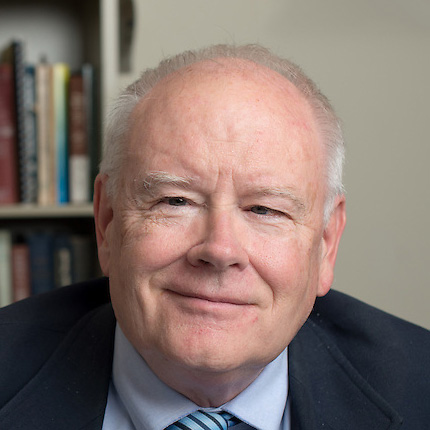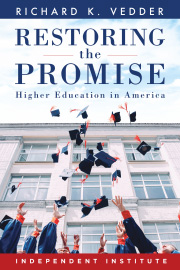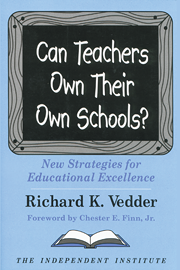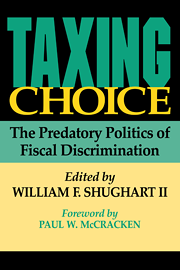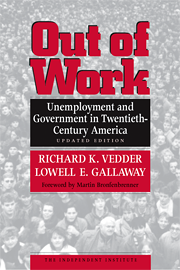From 1636, when Harvard was founded, to about 2010, college enrollments in America tended to rise constantly, with minor disruptions, reflecting increased demand for higher education largely arising from population and economic growth. At the beginning of the American Revolution, fewer than one of every 2,500 colonial Americans attended college. By 2010, the proportion of Americans enrolled had grown more than 150-fold; a typical community of 2,500 Americans had over 150 of them attending a college or university.
While reliable annual enrollment data are unavailable for the first two centuries of American higher education, it is unlikely that there were any periods of decline lasting more than a decade in the number of students attending college until recently. While final data are not in, it is clear that enrollment this academic year is lower than 14 years earlier (2010-11), even though the country is prospering and the population is growing (albeit slowly).
During the first 374 years of American higher education (1636–2010), enrollment growth experienced several minor disruptions due to wars, including the Civil War, two world wars, and those in Korea and Vietnam. However, war sometimes appeared to have a positive effect. For example, enrollments in 1970—around the peak of the Vietnam War—were over 40 percent higher than in 1964, early in the U.S. troop buildup. Similarly, enrollments rose considerably during the 1930s, the decade of the Great Depression, as falling incomes were associated with an increase in college attendance.
Enrollment growth came for many reasons: an increasingly knowledge-based economy needed more highly educated workers, rising incomes made college more affordable, the return on college investment was perceived high, new low-cost public colleges were formed, and, in some cases, an increasingly affluent student population found college to be more than an investment: it was both fun and a good place to find a life partner. Graduate and professional schools boomed as well: after 1900, if you wanted to be a doctor or lawyer, you went to postgraduate professional schools, unlike earlier.
Why, then, is the more recent enrollment decline?
Several factors are at work. The cost of college started rising much faster than prices generally or even incomes, especially after federal student lending became massive after 1980. As college degrees no longer necessarily denoted exceptional intelligence or ability—as the proportion of Americans with degrees grew—the earnings premium associated with degree attainment leveled off and even occasionally declined as the era of the college-educated bartender and barista began.
But the enrollment decline of the last decade also increasingly reflects the fact that many Americans now find colleges an inhospitable environment—not a place to entrust your kids. The faculty seems excessively woke and less concerned about academic merit than other perceived wrongs like racial or gender injustice. Certain historically well-represented groups, like Jews, increasingly have felt a hostile, even sometimes threatening, environment. “Diversity, equity, and inclusion” programs not only added to college costs but implied things like race or sexual preferences were more important factors than academic achievement, rubbing many Americans the wrong way. Universities seemed increasingly out of sync with American life: “a public be damned attitude” seemed to be prevalent on some campuses just as it allegedly was for Robber Baron business leaders of the late 19th and early 20th century.
All of this is reflected in polling data showing a sharp drop in public confidence and support for our colleges. While there have been previous episodes of public unhappiness with universities—as during the era of Vietnam War protests—they were less pervasive and lengthy than the current wave of antipathy. Universities were once relatively nonpartisan in terms of political support, but today, those on the left tend to remain supportive, while those on the right and center are increasingly ambivalent or hostile. This shift is particularly problematic for higher education when the right holds political power, as is the case now.
The enrollment decline was first largely triggered by high college costs but morphed into a bigger problem when collegiate political support sagged as protests by mostly leftist demonstrators turned off the public. Universities are heavily dependent on outsiders, private philanthropists, and especially governments to thrive. Falling political support accompanied declining enrollments.
Whether we are beginning a traditionalist counter-revolution, prompting the overthrow of collegiate woke excesses and pruning of wasteful spending, is unknown. There are some hopeful signs, but the jury is still out.


